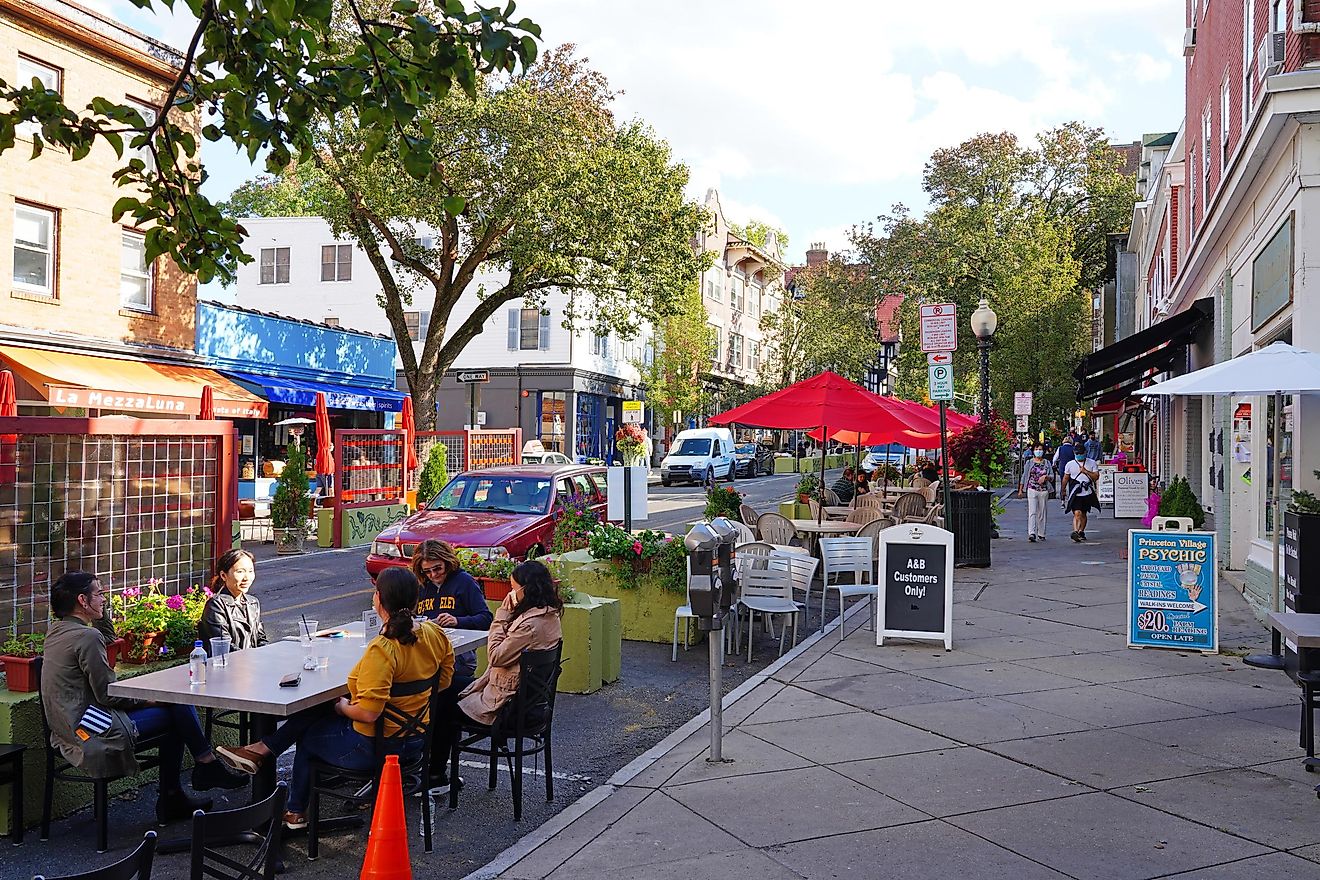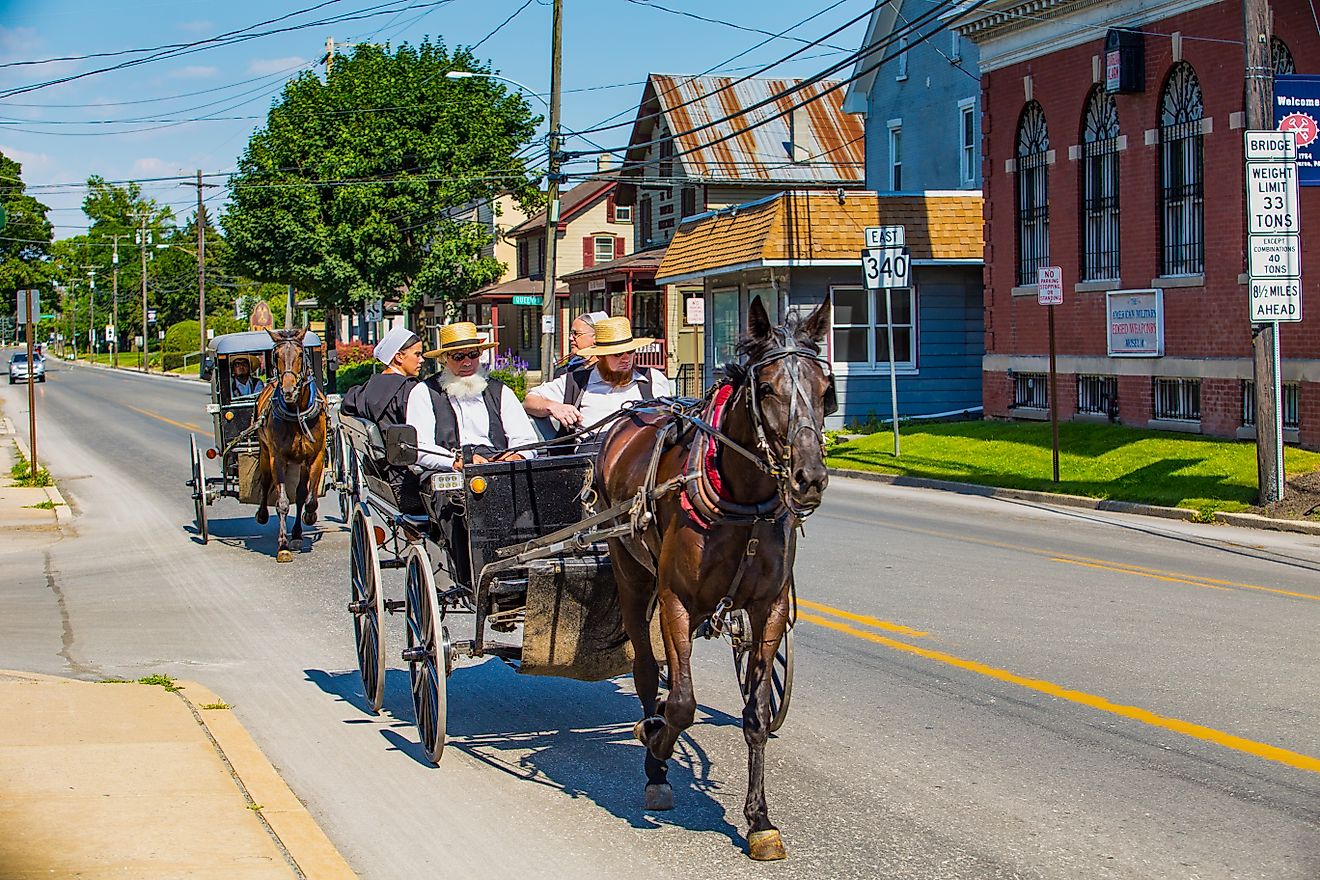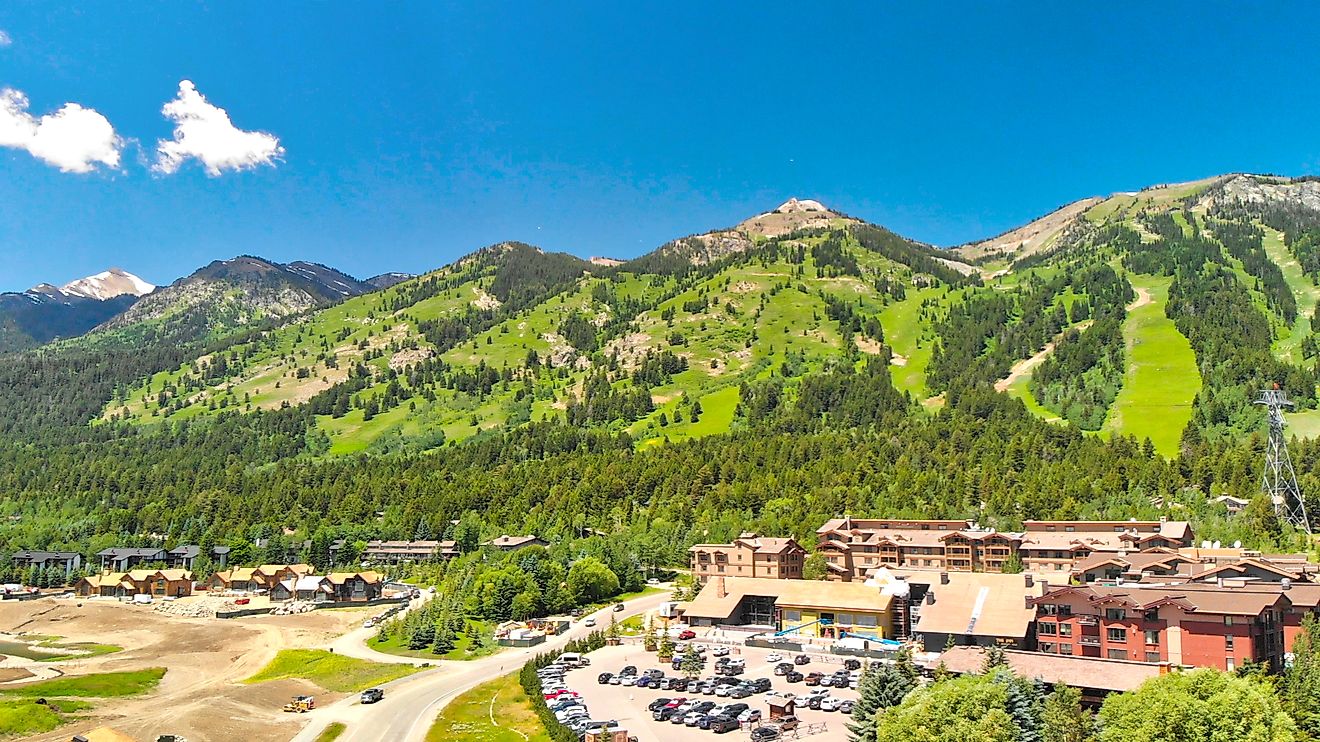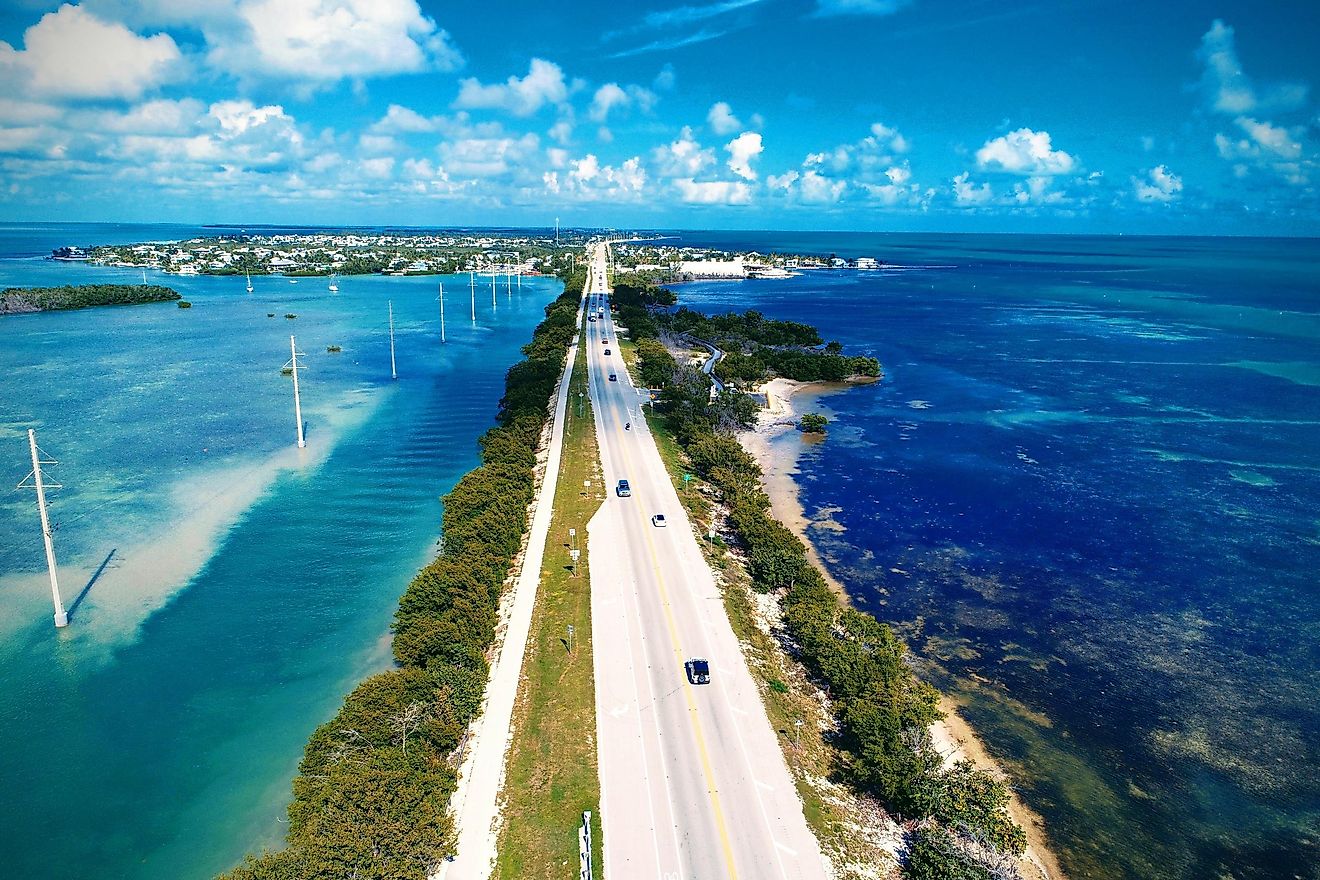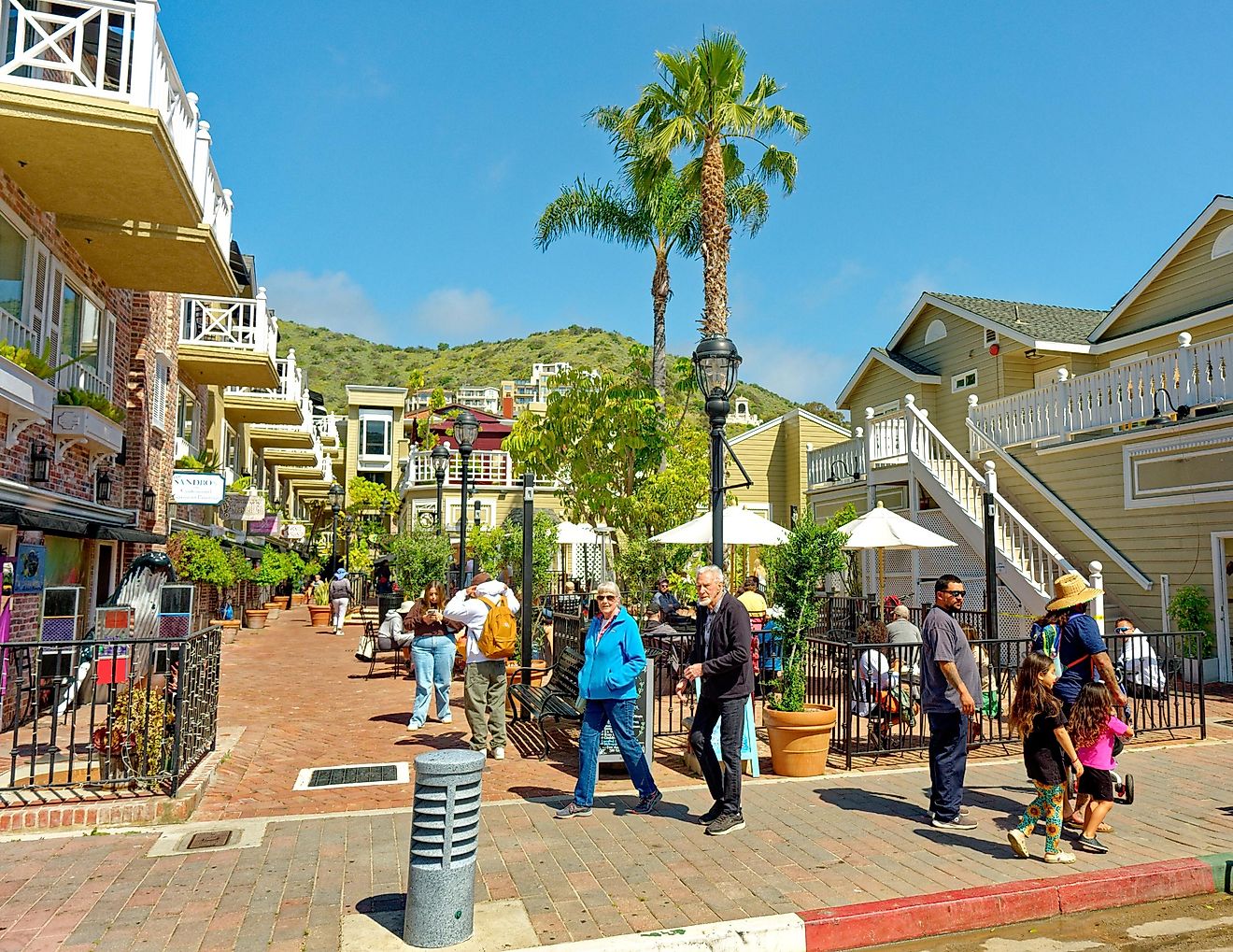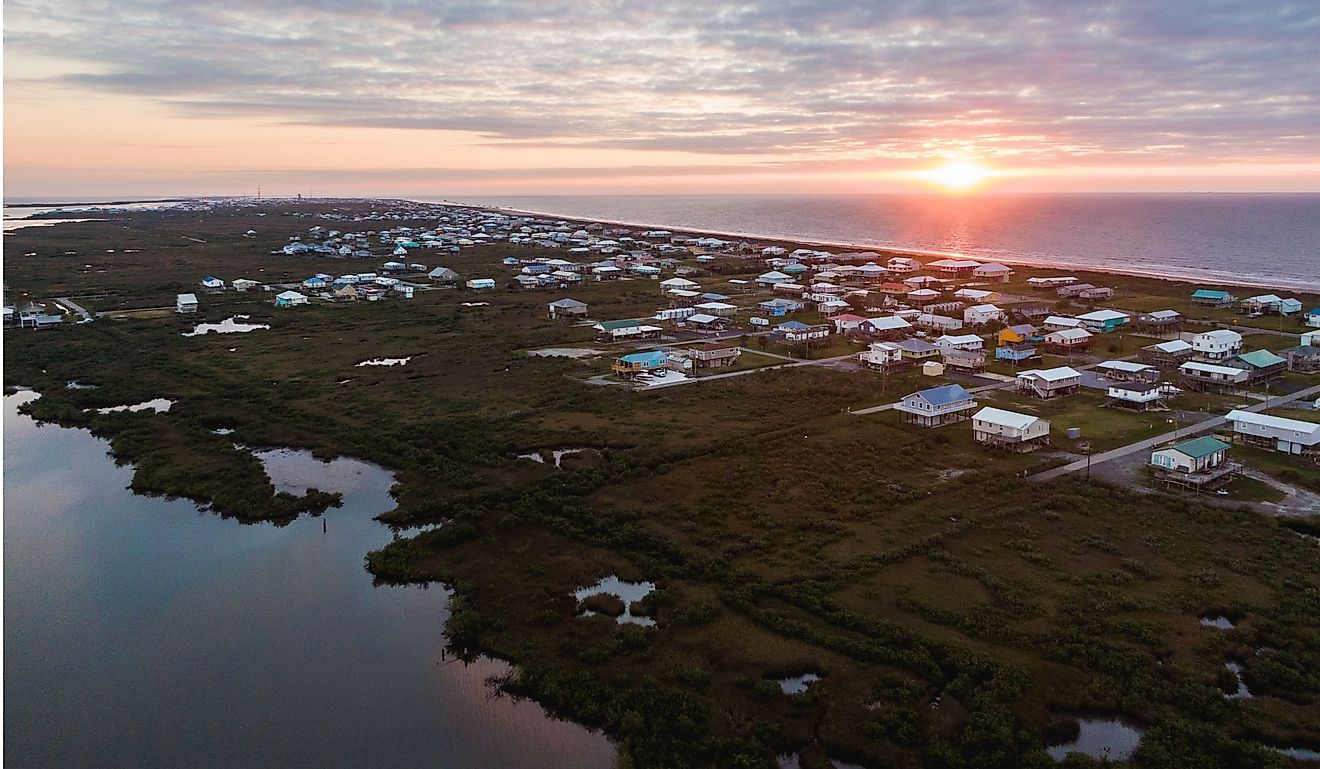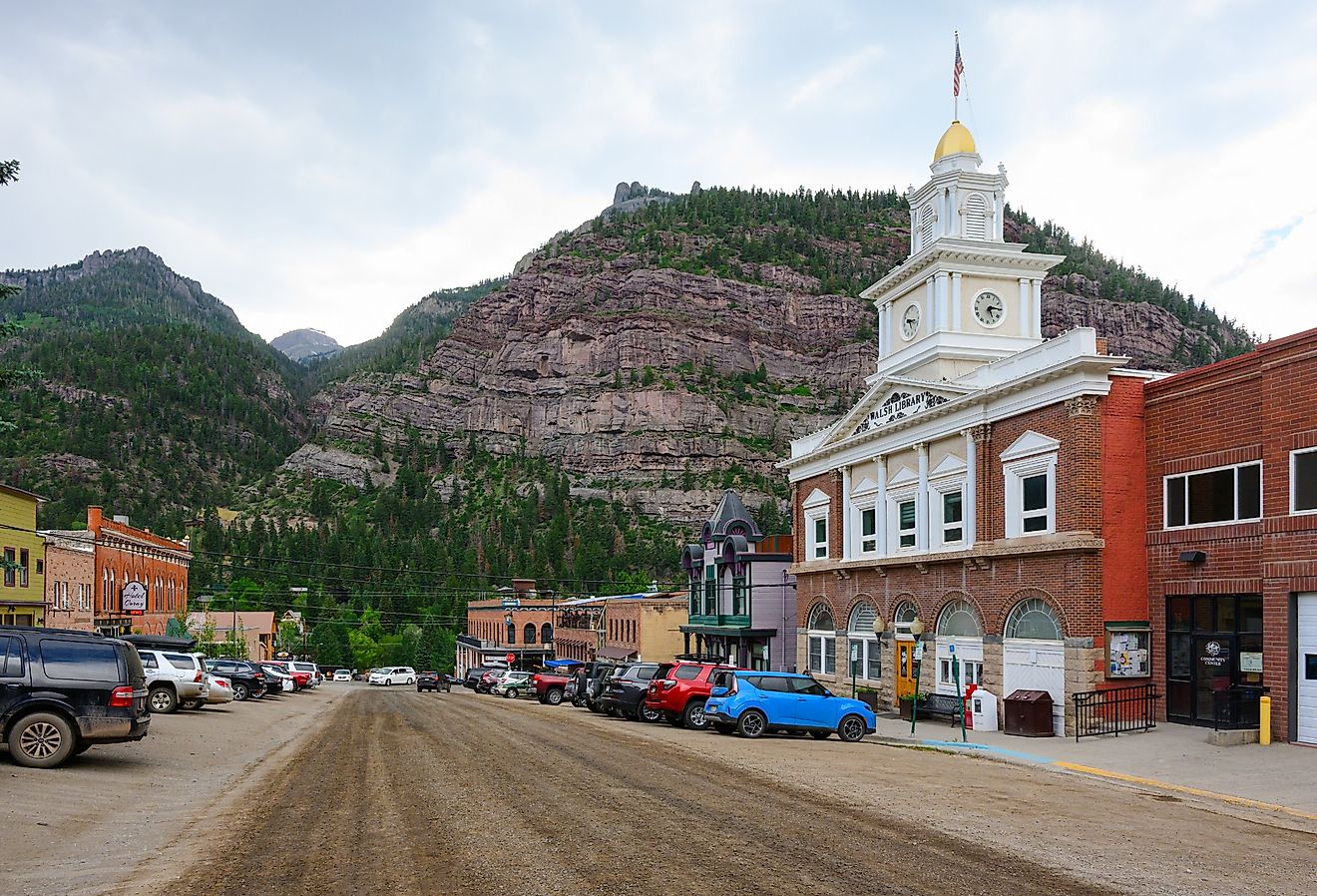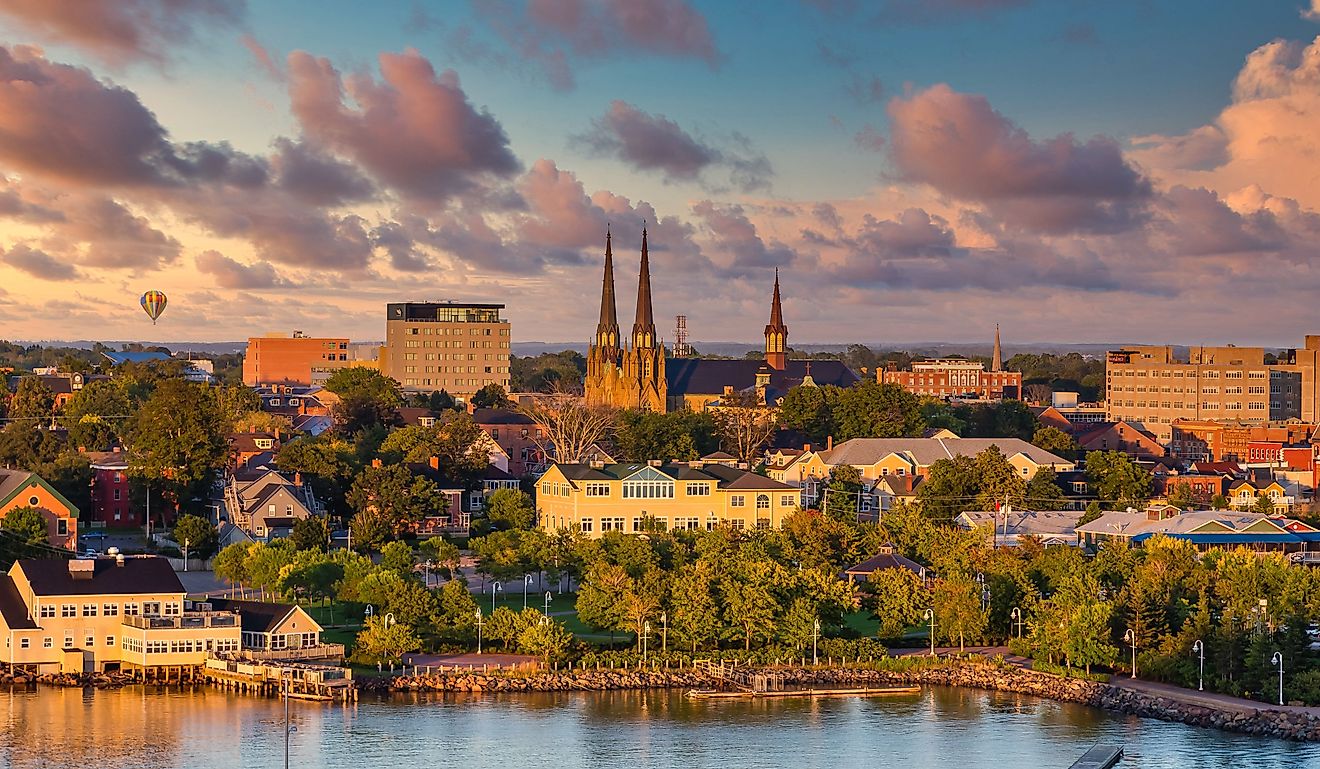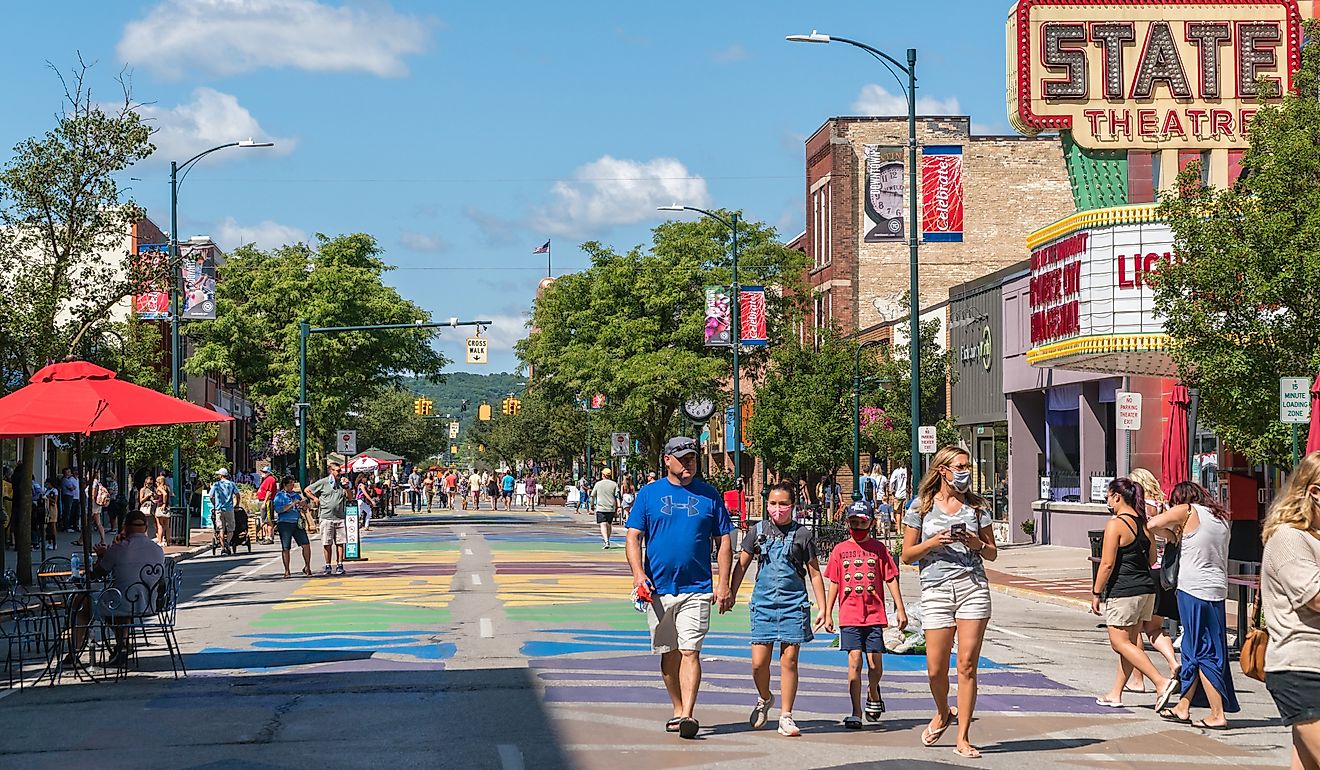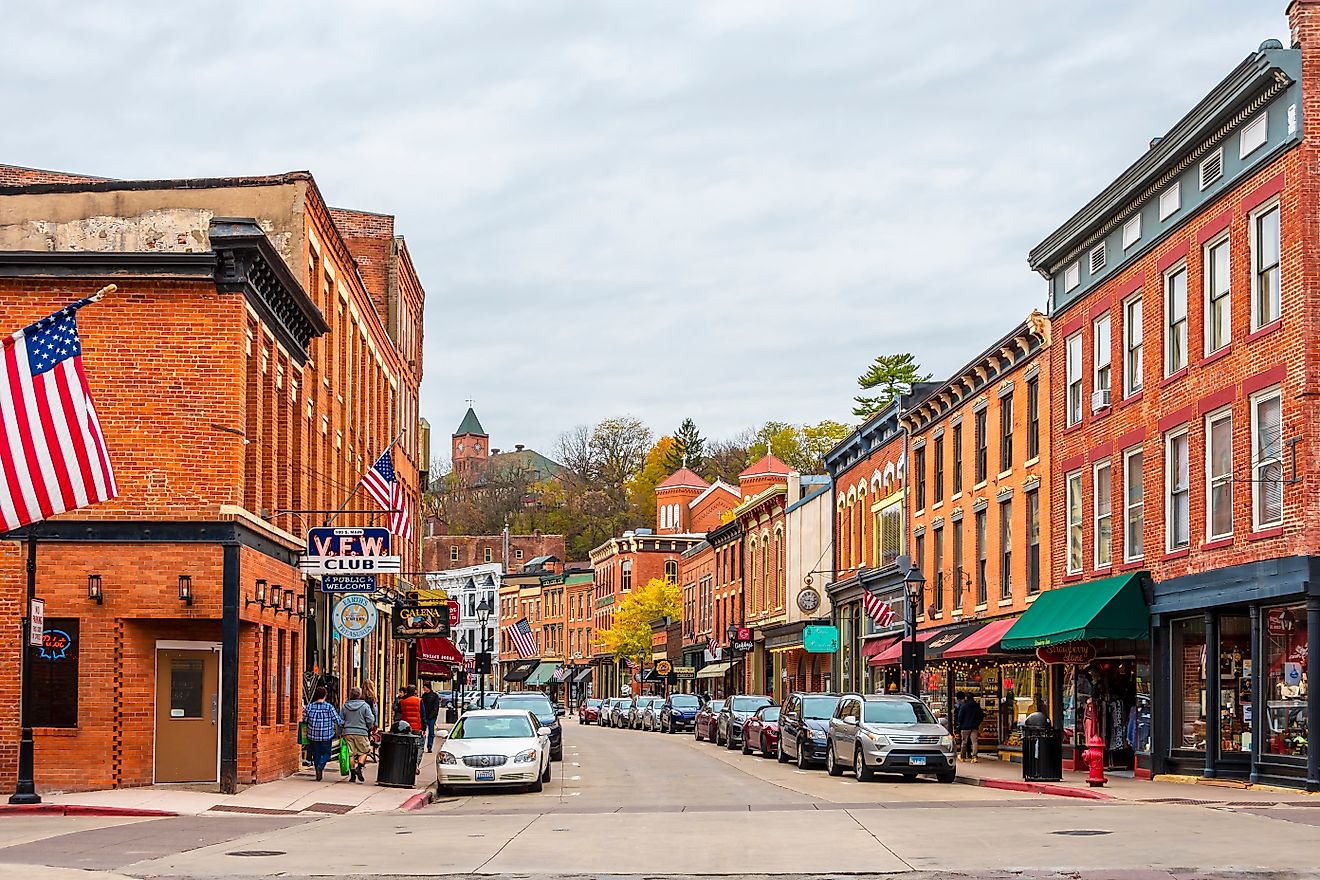
Lake Village, Arkansas
With a name like Lake Village, there's plenty of water to enjoy with renowned fishing and evening alligator tours. Lake Village, Arkansas, is more than crystal clear waters. It contains Chicot Lake, the largest oxbow lake in North America, and an abandoned channel of the Mississippi River. Found a little over an hour from Little Rock, Arkansas, on the picturesque Great River Road Scenic Byway, enjoy an afternoon walk in Jack R. Rhodes Lakefront Park, or visit the historic Lakeport Plantation.
Geography And Climate Of Lake Village

Lake Village forms a part of Chicot County in the southeastern corner of the US state of Arkansas. Lake Village is situated within a geographical area known as the Mississippi Delta that covers the riverbanks of the Mississippi and Yazoo Rivers and their tributaries on both the Arkansas and Louisiana sides. The area is made up of 17, 870 sq. km of alluvium loose clay, silt, and rock mixtures. It is referred to as the “most southern place on earth” due to its culture, ethics, the former economy of slave trading, and agricultural significance of growing cotton.
Lake Village experiences a humid subtropical climate with long, muggy summers and short, mild winters. Over the year, Lake Village receives 1292 mm of precipitation of hail and rain. This is heavily influenced by warm air off of the Gulf of Mexico. Furthermore, August sees the least amount of rainfall with an average of 81 mm and April with the most with 134 mm. August is the warmest month with a median temperature of 28.6 °C, and January is the coldest month with a median temperature of 7.5 °C.
History Of Lake Village

In 1541, a band of Spanish travelers known as Hernando de Soto and his men came upon the banks of the Mississippi River. They were met by a Native American tribe led by Chief Chicot, who traded animal skins for clothing and food. Hernando de Soto died a year later and without documentation of Chief Chicot in his journals. Therefore, the origins of the name Chicot can't be certain if it is from the Native American Chief or the French word for "stump," a nod to the cypress knees of the Mississippi Delta. The 1830s and 1840s saw the first white settlers in the area who owned plantations, slaves, and produced cotton. Joel Johnston purchased a tract of land on the Mississippi River, calling it the Lakeport Plantation. Lake Village was attributed to being the largest slaveholder in Arkansas, with 3,894 enslaved people by 1850. By the 1860s, Johnston's son, Lycurgus, made the Lakeport Plantation one of the most prosperous plantations in Arkansas, with 155 enslaved people and 4,500 acres. In June 1864, Lake Village found itself at the forefront of the Engagement of Old River, a battle in which confederate and union soldiers fought. Hence, many of the injured soldiers filled the homes and plantations of Lake Village awaiting medical help, and looting and property destruction ensued, including a melee on the town newspaper.
The Population And Economy Of Lake Village
Lake Village has a population of 2,065 inhabitants as per the latest US Census. Encompassing an area of 6.19 sq. km, Lake Village has a population density of 333.65 persons per sq. km. The median household income is $53,306, with a gross monthly rent of $559. The average age of a resident is 43.6 years old. On the cost of living index, Lake Village is rated at 77, whereas the state of Arkansas is 85. The economy of Lake Village is made up of a total workforce of 872 people. With 117 working in food and accommodations, 113 in healthcare and social assistance, and 109 in public administration. The highest paying jobs come from the transportation, warehousing, and utility sector, with $48,750 in annual revenue and public administration contributing $46,731.
Attractions In Lake Village
Lakeport Plantation

As part of the National Park Service and National Trust for Historic Preservation, the Lakeport Plantation is the last example of an antebellum house on the Mississippi River that still remains in its original state. Today, the plantation serves as a museum exhibiting the Johnston’s story, crop sharing, and the slave past of the property.
Lake Chicot State Park
This 32 km Lake Park is known for year-round fishing and, with proximity to the Mississippi River, makes up one of the largest flyways in the US, which is ideal for birding. Lake Chicot State Park offers guided tours of the levees and lake, as well as evening alligator tours. On the other hand, there are 122 campsites and 14 cabins with kitchens available. Additionally, there is also a large pavilion for large gatherings and laundry onsite. With a boat launch inside the park, there are motorboat and personal watercraft rentals for a fee.
Our Lady of the Lake Catholic Church Museum
Facing Lake Chicot, Our Lady of the Lake Catholic Church was erected in 1866. Thus, in 1939, the brick building in use today was constructed to replace the original church. The newer building features details and inspiration associated with roman catholic and Byzantine architecture. The church has a collection of documents related to the immigration of Italians to the area, as well as rare photographs of the original church and letters from Italy.
Lake Village is a unique lake community with deep roots, like the cypress trees of the Mississippi River. From the divided ideologies on the slave trade causing a confrontation of confederate and union soldiers to the rise of being the town with the largest slave ownership. Lake Village is nothing like the cotton-picking past that gave this area agricultural purpose, but a lush and thriving haven for anglers who seek year-round fishing for catfish, bluegill, bream, and red-ear sunfish.
